Do you want people-friendly streets in Soho?
Calling anyone who lives, works or has a child at school in Soho! Do you want less traffic, cleaner air and more space for people on Soho's streets?
A new group called Soho Streets for People (previously Low Traffic Soho) began meeting in 2020, made up of people who live and/or work in Soho, supported by Westminster Healthy Streets and London Living Streets. We've been discussing how Soho could be less dominated by motor traffic and an even better place to live, work and visit. We would love more local members! Email clare@westminsterstreets.org.uk to find out more and get involved.
The opportunity: build back better!
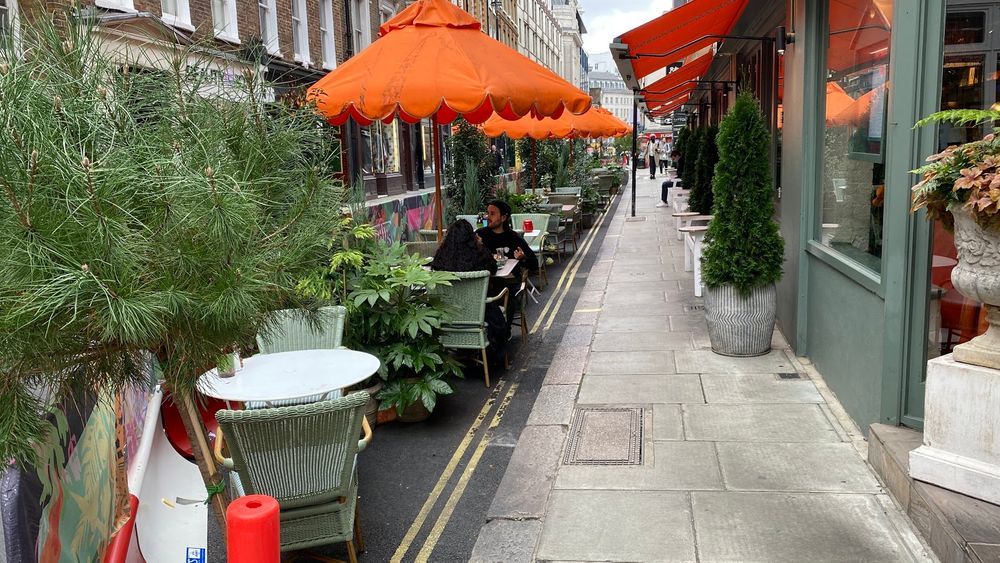
The timed street closures put in place during the Covid crisis were not perfect, as you would expect from a temporary emergency scheme. They helped the hospitality industry to survive, but created challenges such as obstructing mobility aid users. But they also showed us what Soho can be like with less space for traffic and more for people. When the al fresco scheme ends in September, do we want to go back to exactly as Soho was before? Or is this an opportunity for change?
Throughout Europe, city centres with historic streets like Soho’s have already taken bold steps to reduce motor traffic significantly, even in commercial centres that require deliveries.
The challenge
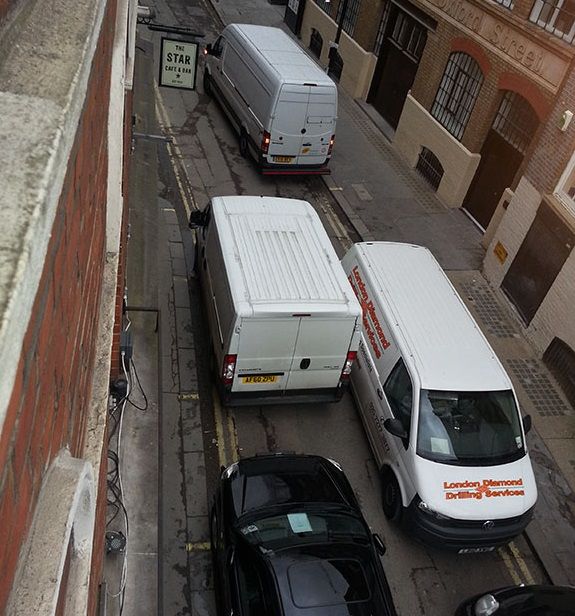
Soho's well-loved streets are characterful and diverse. Its small area and narrow streets lend it a friendly, human scale - but are often choked with traffic. Here are some of the problems:
- The volume of motor traffic and the size of vehicles using Soho’s narrow streets cause stress, danger and pollution
- Accessibility is poor for Disabled people with many pavements narrow and cluttered; high kerbs, with too few dropped kerbs; and parked or moving vehicles dominating much of the space
- Walking is often obstructed for the same reasons
- Deliveries, waste collection and servicing needed by Soho’s many and diverse businesses, offices and homes result in lots of (often oversized) motor vehicles
- Air pollution is a problem; for instance NO2 breaches legal levels at Soho Parish School
- A lack of direct cycle routes and parking creates barriers to everyday cycling for local journeys, for visitors to Soho and for low-carbon freight.
The vision
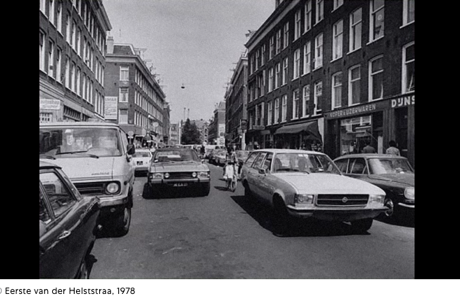
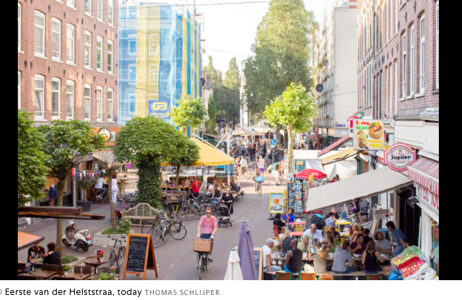
Soho Streets for People is calling for Soho’s streets to be first and foremost for people, not machines. We want streets where it’s a pleasure to live, visit and work, the air is clean and the streets are busy with people rather than motor traffic.
Soho is a unique and special part of London’s West End. Its narrow streets are on a friendly human scale and full of character - but totally unsuited to the high volumes of motor traffic and large vehicles that often dominate them.
We are not calling for a total ban on all traffic within Soho, but a change in priority - so that people come first and vehicles are ‘guests’. We want streets that invite walking, cycling, wheeling and spending time. We want streets where someone using a mobility aid can easily access any address and a child can safely cycle to school. We want streets where hospitality and all other businesses can thrive, able to welcome their customers, receive their deliveries and get rid of their waste safely and efficiently in low-carbon vehicles. We want streets where huge trucks are the exception, not the rule.
We support our diverse mix of local independent businesses and want them to recover from the pandemic. We also support the 3,000 people who live in Soho and the staff and children at the Soho Parish Primary School. We believe that making Soho’s streets healthier and more inviting for people by reducing motor traffic will benefit everyone - whether they are residents, hospitality or other businesses, visitors or school children.
Five principles for a better Soho
We are calling for change that results in:
- Much less traffic and cleaner air across the whole of Soho
- Walking, cycling and disabled access made safe and attractive, with people
prioritised over motor vehicles - Space reclaimed from motor vehicles to create a better public realm for
residents and businesses - Access retained for residents' vehicles, emergency services, deliveries &
waste collection - with deliveries and waste using cleaner, more
consolidated transport - All changes to the streetscape to be consistent with Soho’s Conservation
Area status, respecting Soho’s unique history and character.
Our ask
We’re asking Westminster City Council to consider Soho's streets as a whole and deliver ambitious plans for change, in consultation with Soho's many and varied stakeholders. The first step is to fund a Community Conversation, led by an urban design expert, to bring together the stakeholders and agree on a trial scheme that meets the five principles above.
Ways to achieve streets for people
There are many ways to achieve low-traffic, people-friendly streets in Soho that have been tried and tested in other city centres around the world. We suggest some of these below. If you have encountered other measures that you think could work, please let us know at info@westminsterstreets.org.uk
- Reduce motor traffic that is simply passing *through* Soho, while retaining vehicle access *to* streets.
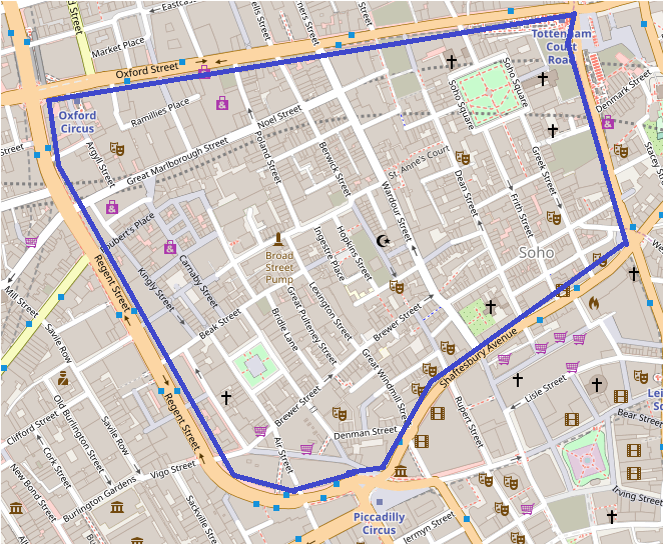
- This could be achieved with measures such as strategic bollards, planters, and ANPR cameras that only allow certain vehicles through, such as emergency vehicles.
- Strategic timed closures could also reduce through traffic in Soho as a whole, especially if they are in operation for longer periods.
2. Ensure that street space reclaimed from motor traffic is not used exclusively by hospitality businesses, but adds ‘social value’ to the public space
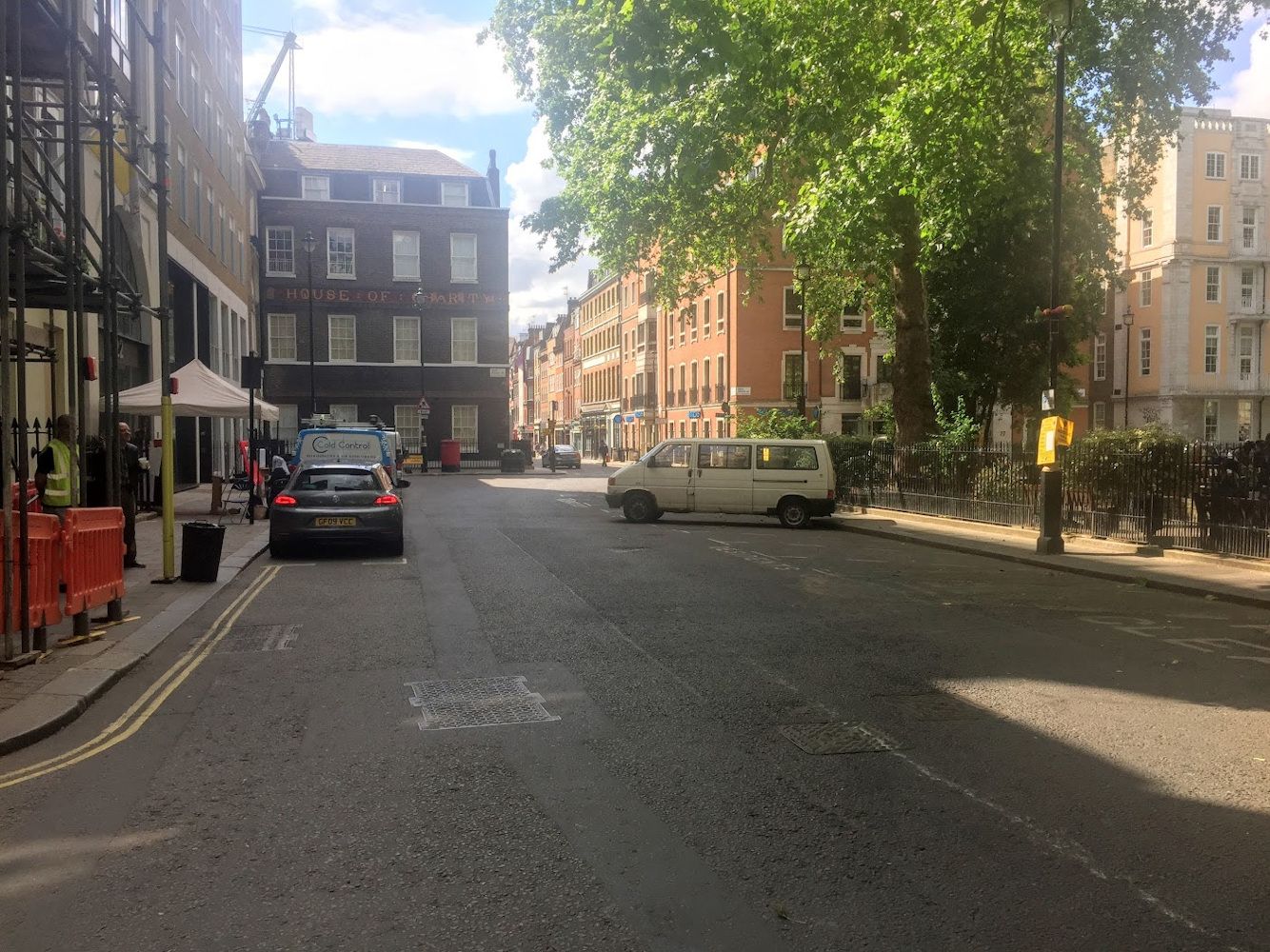

- Be mindful of the intensity of use by business, where there may be too much space given to outdoor dining
- Ideas of other uses include: bike parking, seating for visitors (important for those less able to walk), planting and de-paved areas, art / playful installations
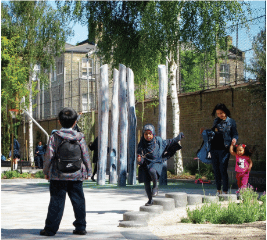

3. Learn lessons from the al fresco scheme – taking a ‘whole of Soho’ approach that potentially includes more streets and operates during different times
- Streets should be considered for timed closures that are not benefitting from the current scheme.
- Closures at different times of day, eg including lunchtime rather than late evening, might work better on some streets.
- Timed closures need to permit access for Disabled people, eg exemptions for blue badge holders who are taxi passengers
- Consider permanently closing certain streets to traffic where appropriate, such as on Great Chapel Street, where safe space is needed for Crossrail passengers.
4. Ensure that walking, cycling and mobility aid use are convenient and attractive across Soho
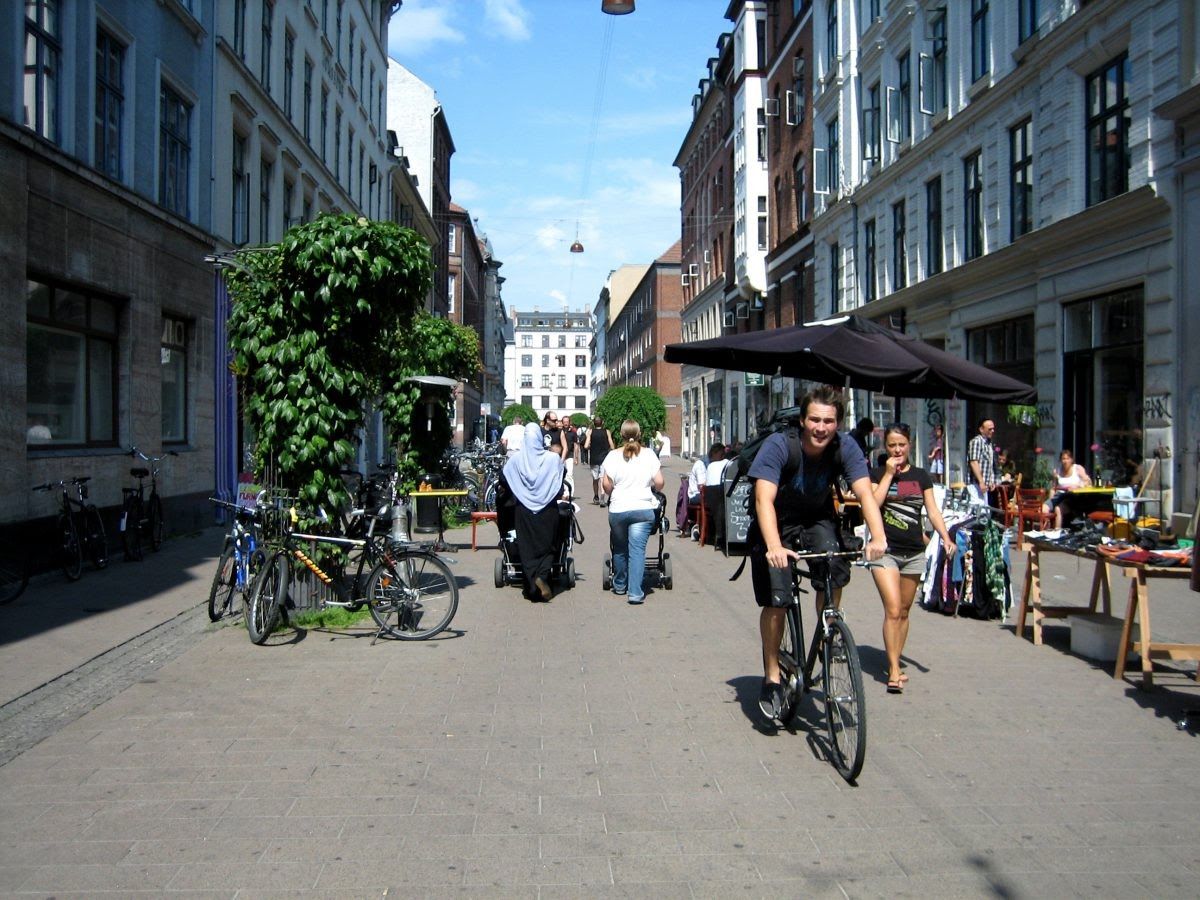
- We support Transport for All's campaign to make Soho accessible for Disabled people by completing the unfinished programme of dropped kerbs. Ramps could help in the short term.
- In the long term, making Soho permanently low in traffic Soho would allow roads to be raised to the level of the pavement, with a tactile surface for visually impaired people - making the street accessible for Disabled people as well as better for walking and cycling.
- Ensure that tables and chairs for hospitality are not an obstruction to walking, cycling or mobility aids
- Footways widened and public space reclaimed from roads and parking where possible, eg in Soho’s two squares, while retaining parking as needed.
5. Reduce the size and number of large vehicles moving around Soho
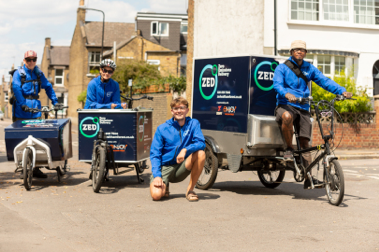
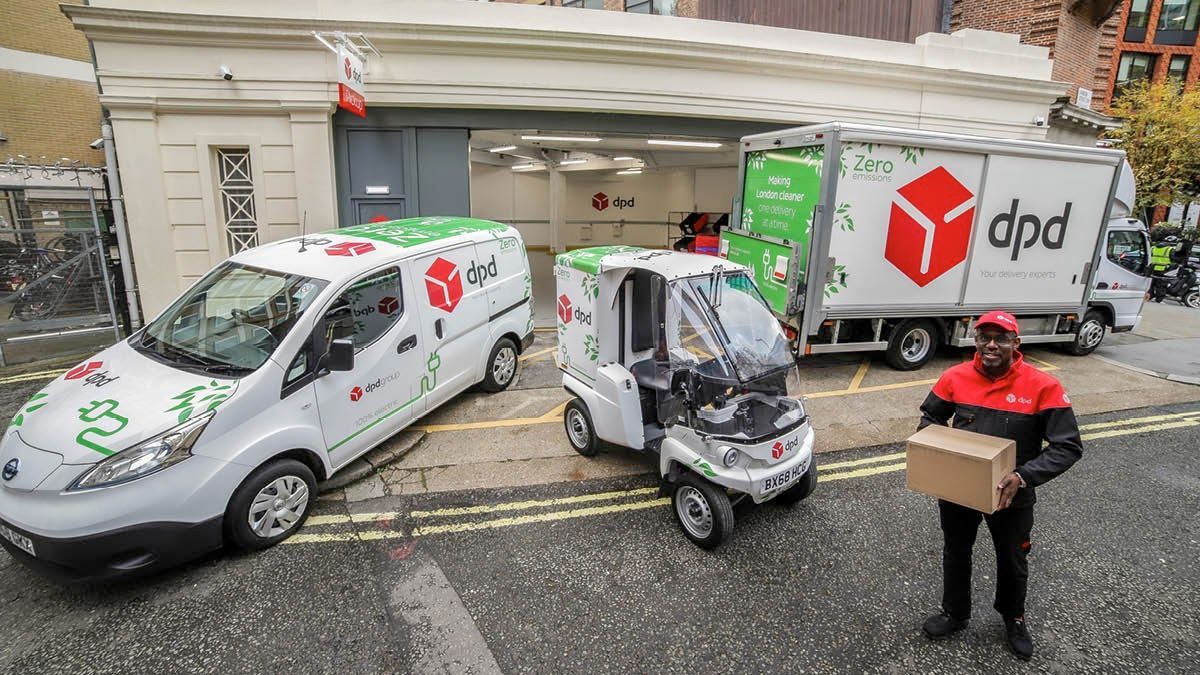
- Support businesses to consolidate delivery and waste collection companies
- Provide consolidation hubs where large delivery vehicles can unload onto small, low-carbon modes like electric cargo bikes
- Introduce a Soho-wide weight restriction, with exemptions as needed.